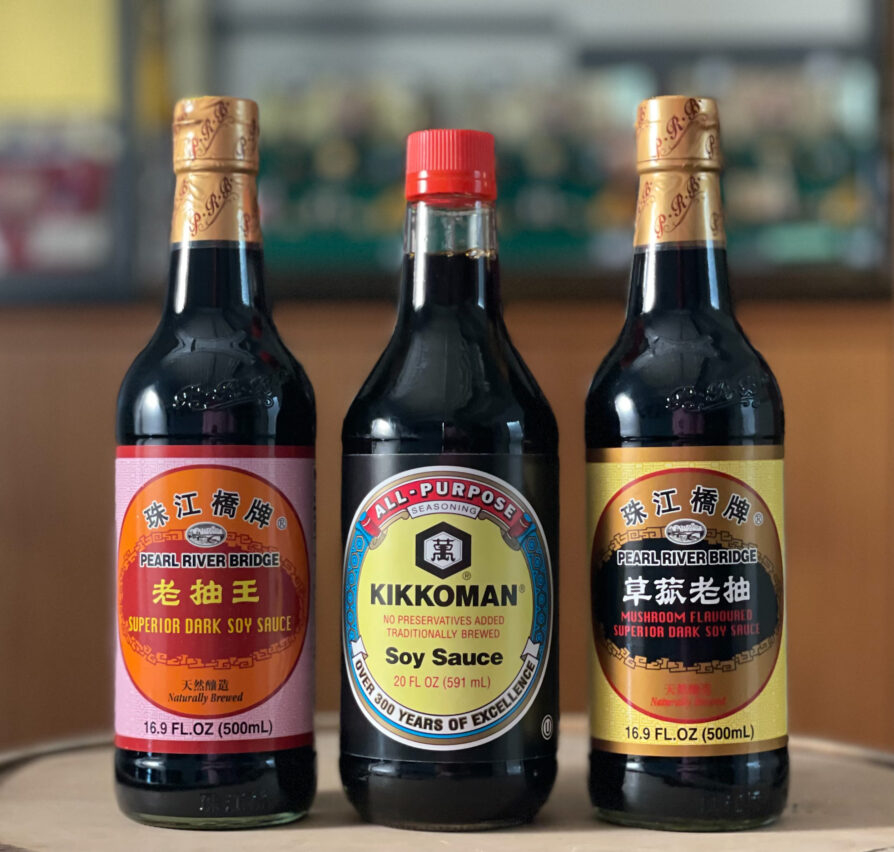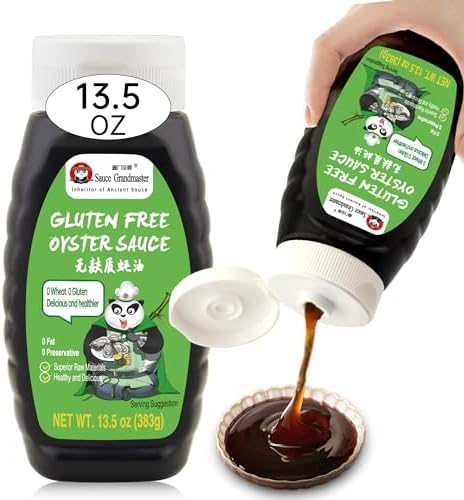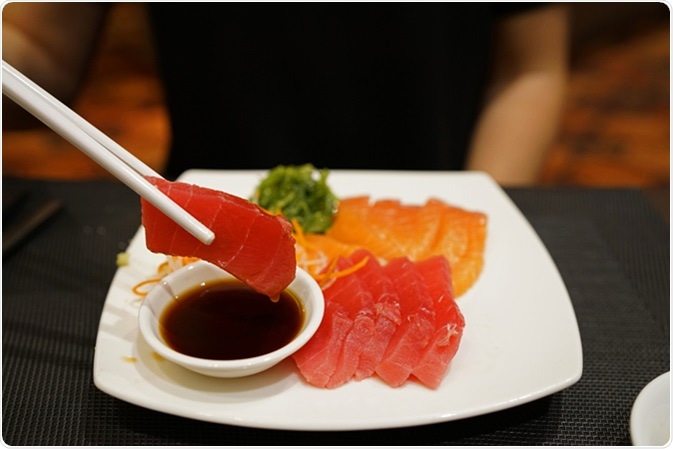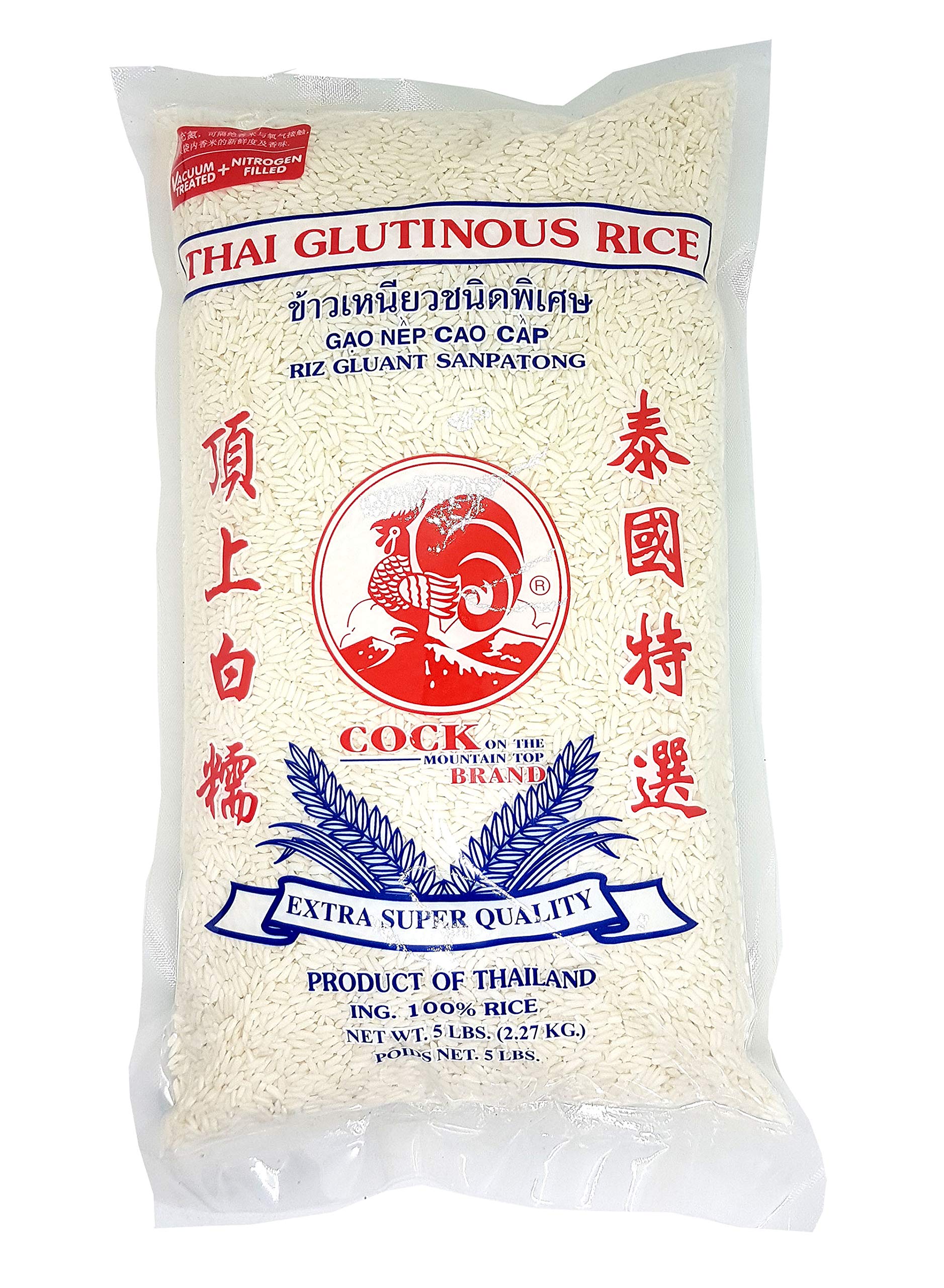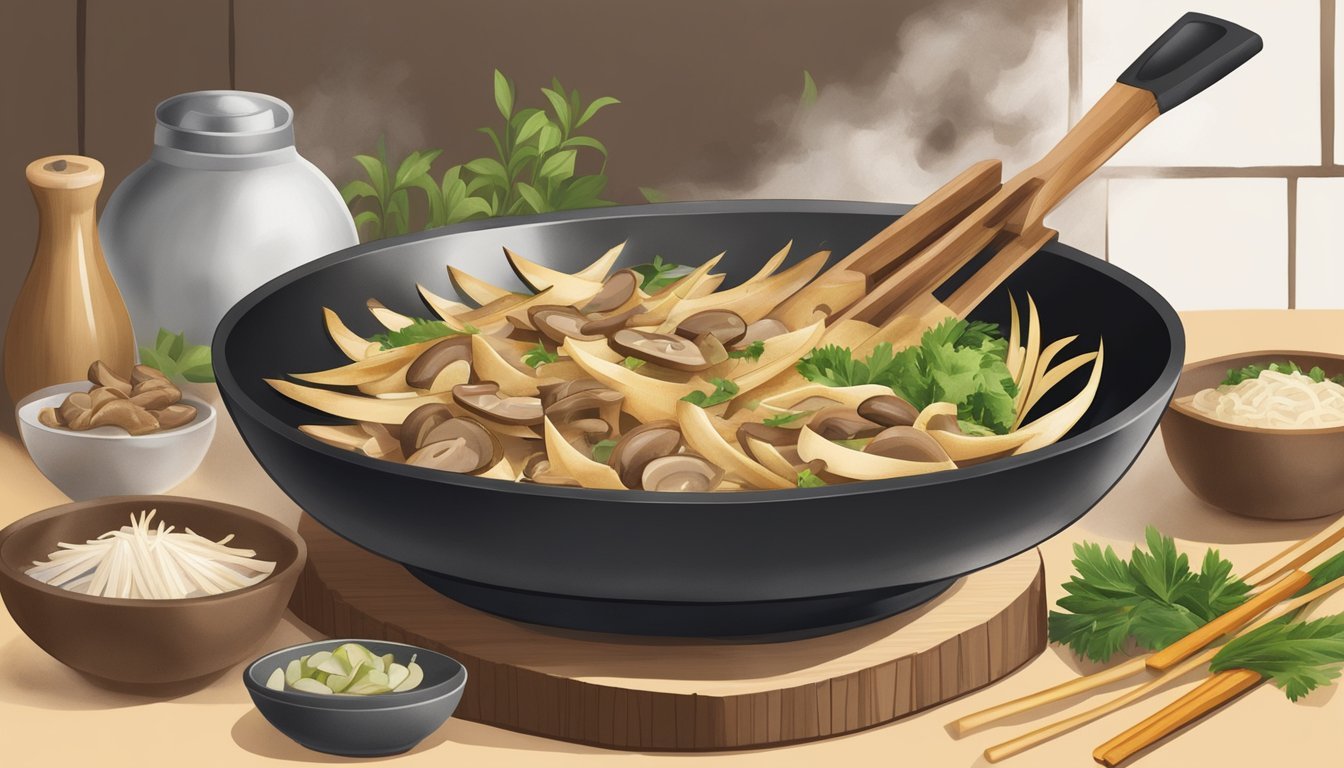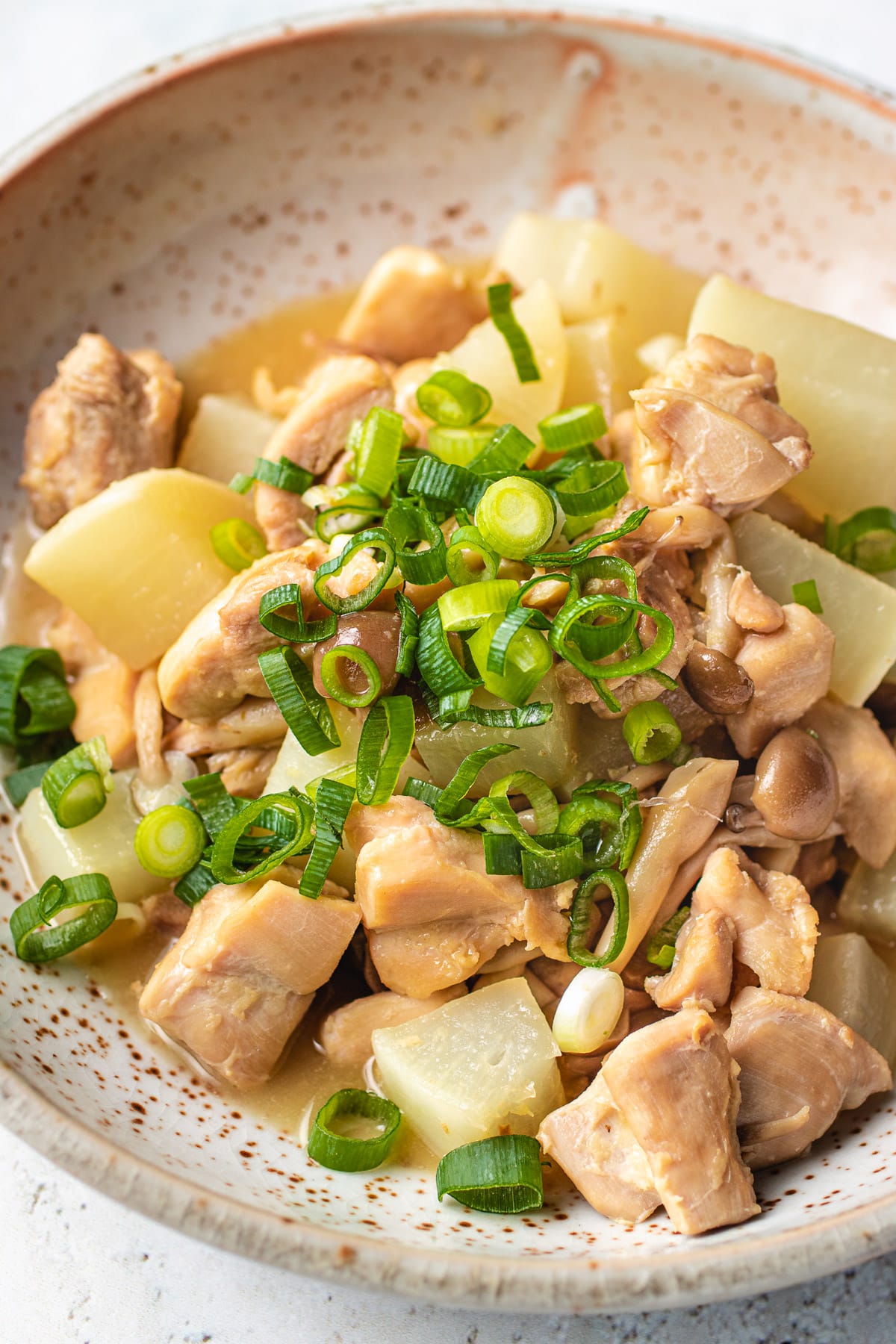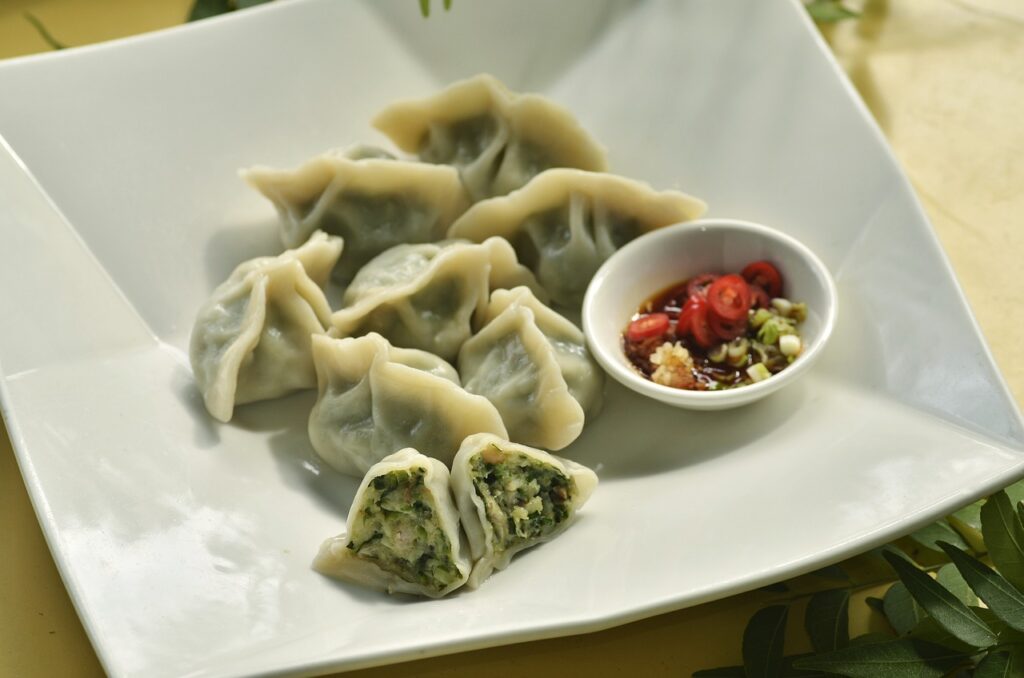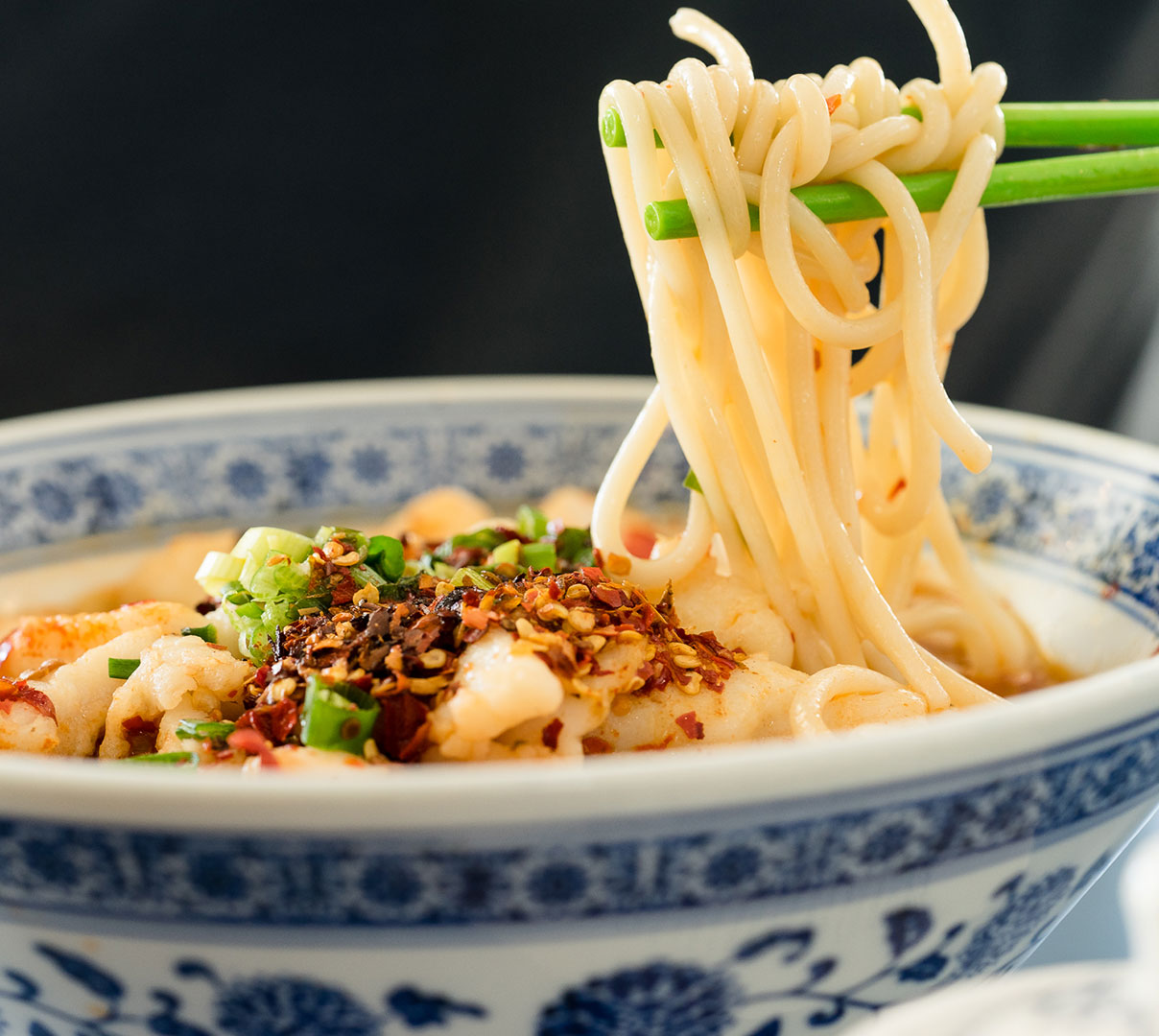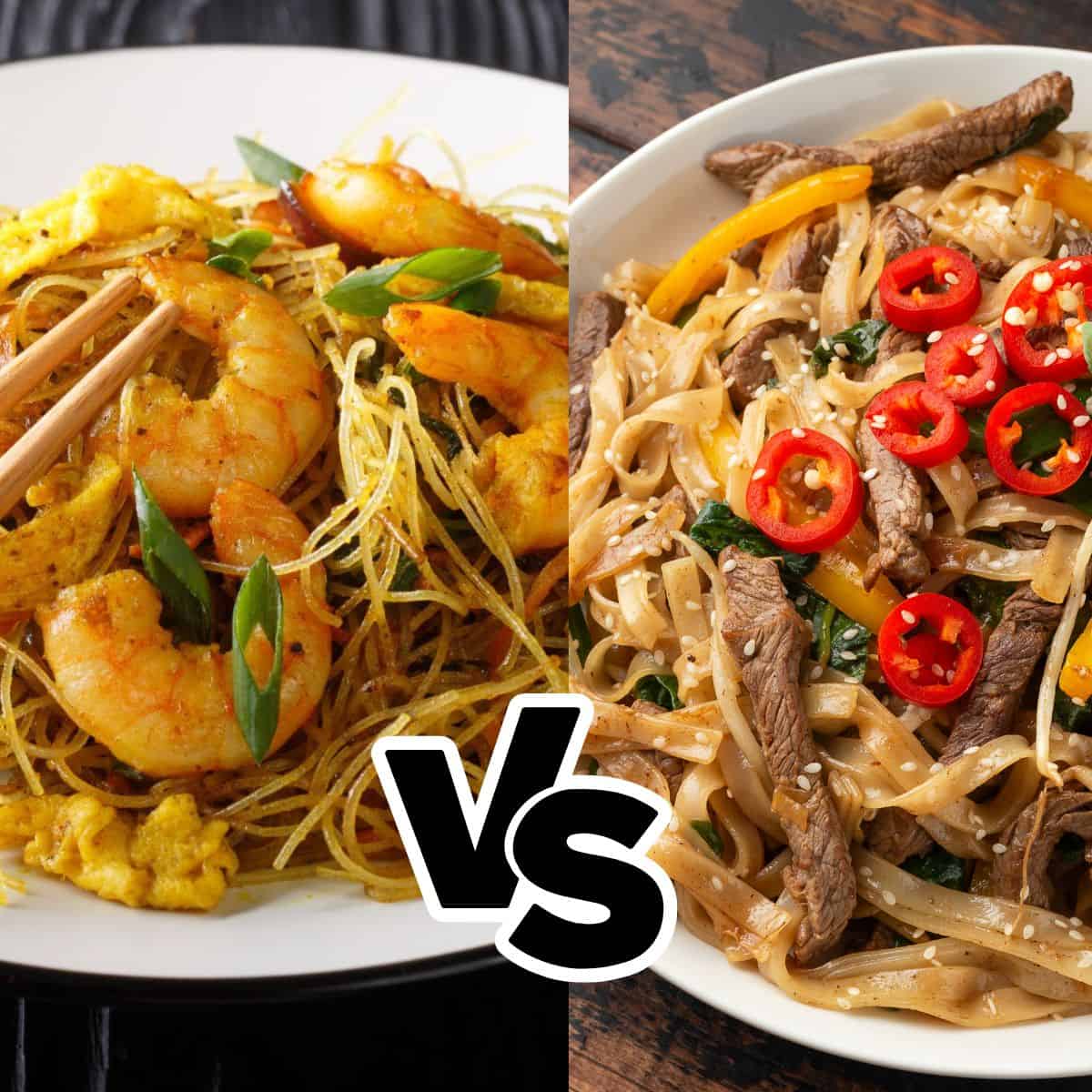– Daikon radish is a long white radish widely enjoyed in Japanese and many Asian cuisines.
– It has a crunchy texture and a light peppery taste.
– Daikon can be eaten raw, cooked in soups and stews, pickled, or used as a garnish.
– Daikon leaves can also be saved and used in soups, stir-fries, or as a rice condiment.
– Daikon is low-calorie and packed with nutrients such as calcium, folate, potassium, magnesium, vitamin C, and digestive enzymes.
– It is believed to be a cleansing vegetable that aids digestion and balances blood sugar.
– The article provides tips on how to choose and store daikon, as well as substitutions.
– The article also includes 16 delicious daikon radish recipes, including one for pickled daikon, one for short ribs cooked with daikon and carrots, and one for a soup featuring daikon, carrots, and salted salmon.
– Some other recipes mentioned include savory pork and vegetable soup, pickled daikon in sweet vinegar, a refreshing salad called namasu, a hot pot called Mizore Nabe, simmered yellowtail and daikon, homemade fukujinzuke relish, slow cooker chicken wings, and a salad flavored with shio koji.
– Testimonials from readers who have tried the recipes are also included.
– The article mentions using daikon leaves to make Japanese rice seasoning.
– The article encourages readers to sign up for a newsletter for more recipes and cooking tips.
– Some of the recipes mentioned include a soy sauce pickle, a classic stew called oden, grated Daikon (Daikon Oroshi), and a Japanese rice seasoning called furikake.
– The article suggests using grated Daikon in dishes such as Agedashi Tofu, Tamagoyaki, Tempura Dipping Sauce, Chicken Katsu, and Oroshi Soba, as well as topping it on steak dishes.
Continue Reading
